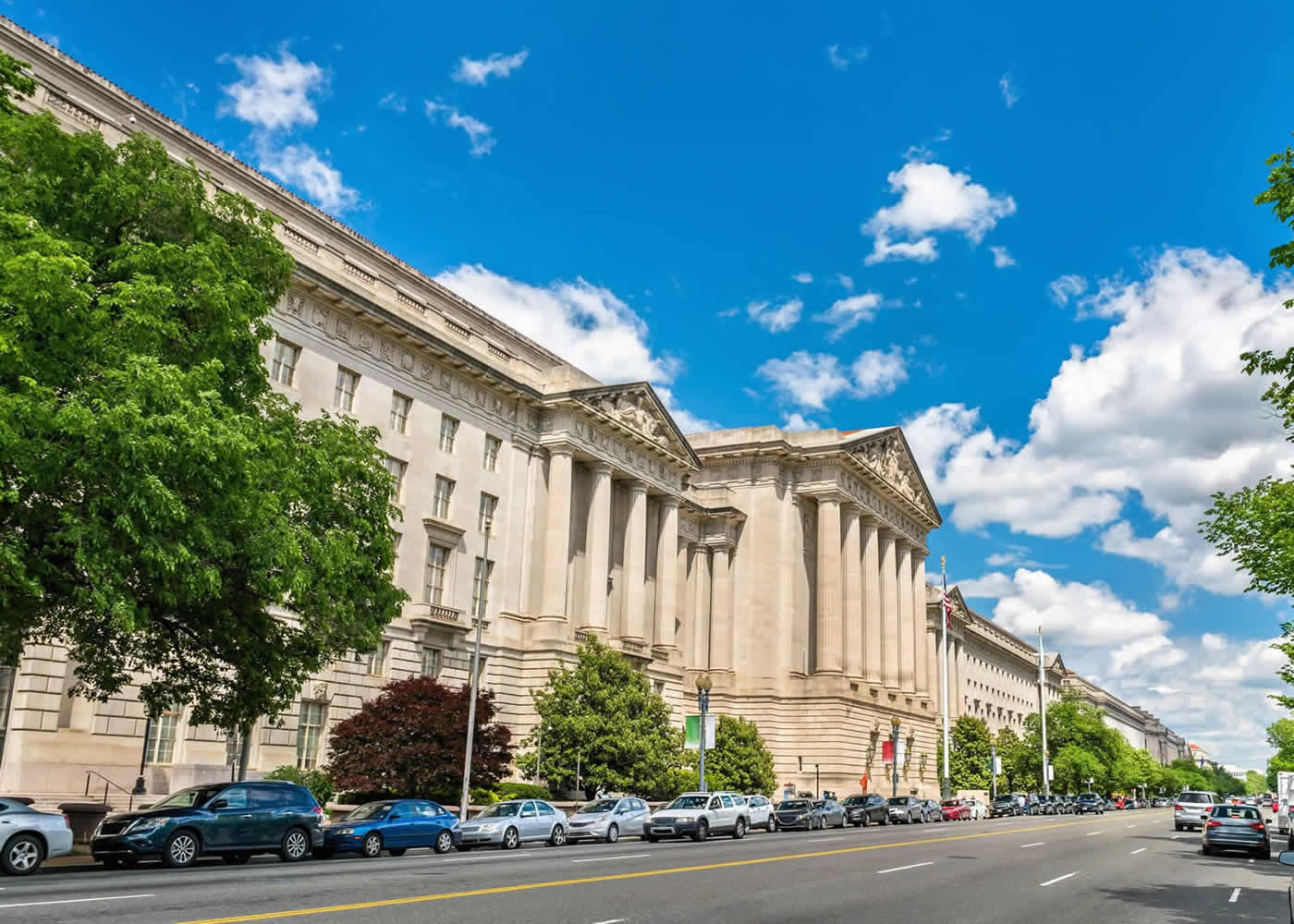A Review of the EPA's 2014 Regulatory Priorities

- Certain penalties hit a five-year low: Administrative and civil judicial penalties assessed in FY 2014 were the lowest in more than five (fiscal) years;
- Enforcement resulted in lower volumes of remediated media: The estimated environmental benefits from remediation of contaminated soils (about 15 million cubic yards) and reduction of pollutants (about 514 million pounds) have declined significantly from FY 2012, by about 90 percent and 75 percent respectively; and
- Enforcement cases are down: The number of enforcement cases initiated (2,278) and concluded (2,286) in FY 2014 were the lowest during the past five (5) fiscal year period.
This fiscal year and next, the EPA’s national enforcement initiatives are therefore expected to continue focusing on:
- Protecting waters from raw sewage and contaminated stormwater;
- Preventing animal waste from contaminating surface and ground waters;
- Reducing toxic air pollution that affect communities’ health;
- Reducing widespread air pollution from the largest sources, e.g. coal-fired utilities, cement, glass and acid sectors;
- Reducing pollution from mineral processing operations; and
- Assuring energy extraction sector compliance with environmental laws.
EPA’s implementation of new strategies could also be expected to shape EPA’s enforcement activities in the years to come. These include EPA’s commitment to strong state and Tribal partnerships as well as such programs as ‘Next Generation Compliance’ and ‘E-Enterprise for the Environment,’ which are designed to improve compliance by leveraging electronic reporting, increasing transparency, and promoting advanced monitoring technologies.
Opinions and conclusions in this post are solely those of the author unless otherwise indicated. The information contained in this blog is general in nature and is not offered and cannot be considered as legal advice for any particular situation.
Topics:
Compliance Excellence
Related
About the Author
Marian Hwang
Marian Hwang has been an environmental attorney with Miles and Stockbridge since 1987, where she co-chairs its Environmental Practice Group. She is LEED certified, serves on boards of many community, civic and professional organizations, and has been named as one of The Best Lawyers in America (Environmental/Law Litigation) from 2007 to present.
